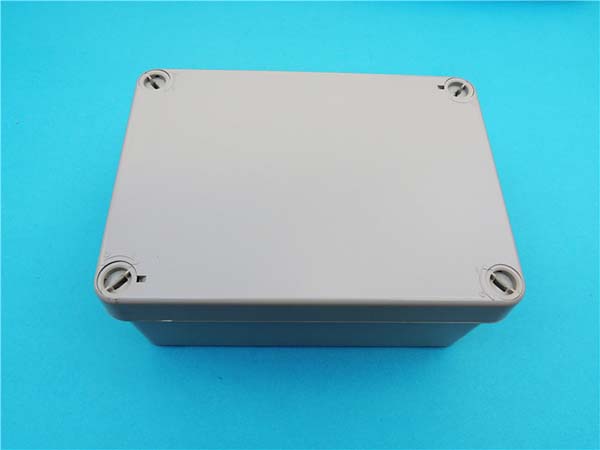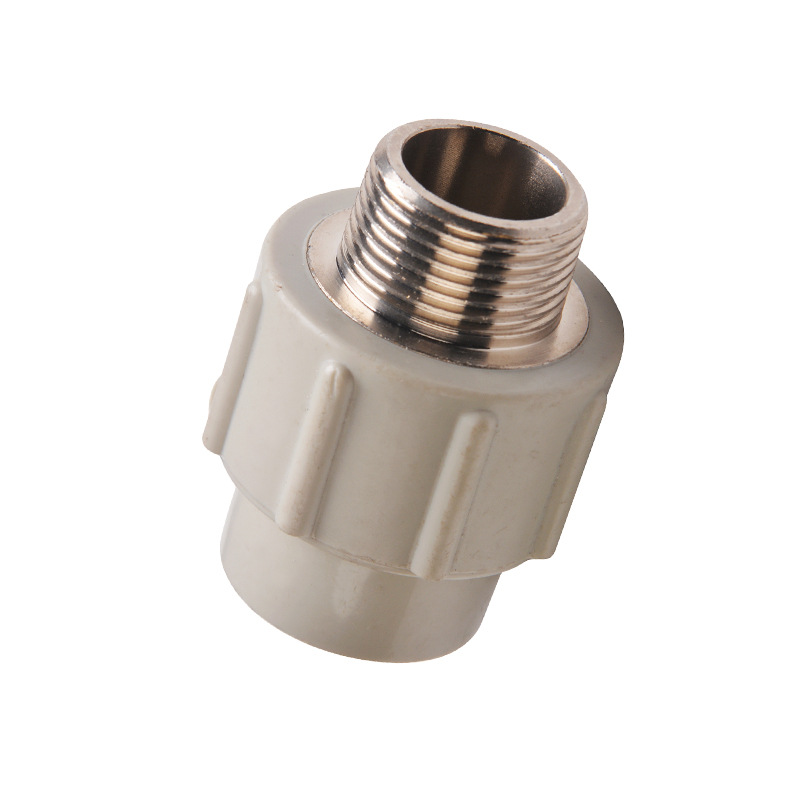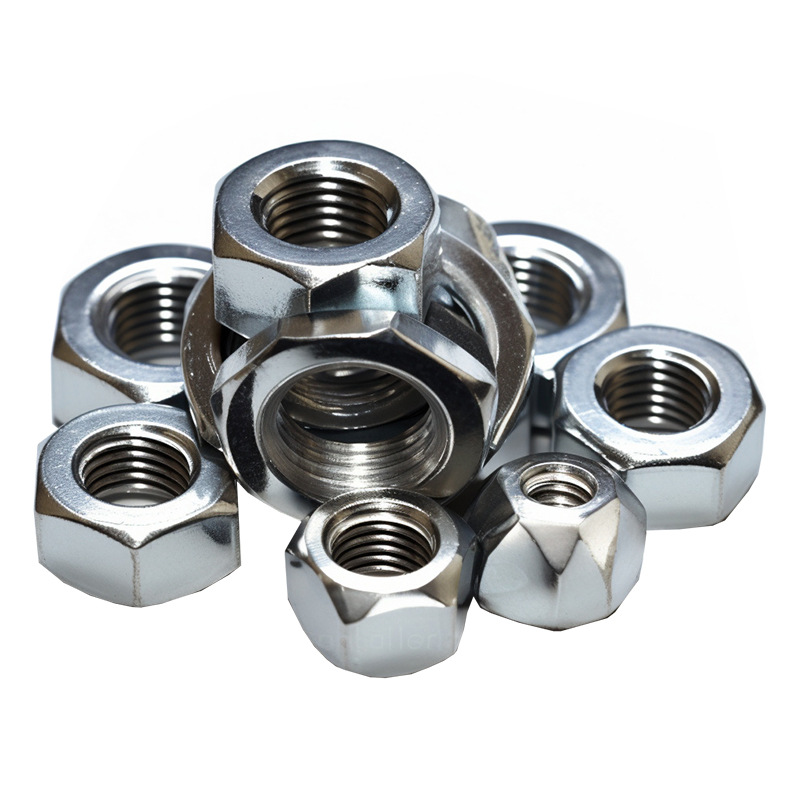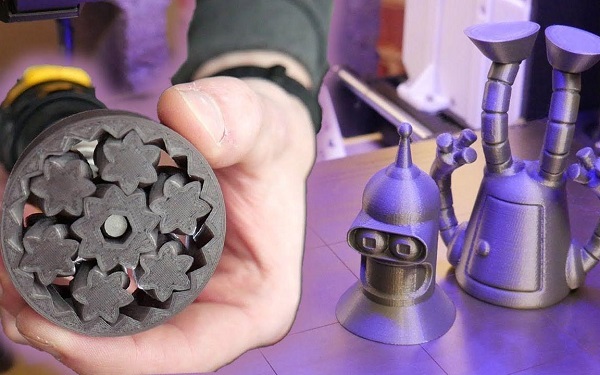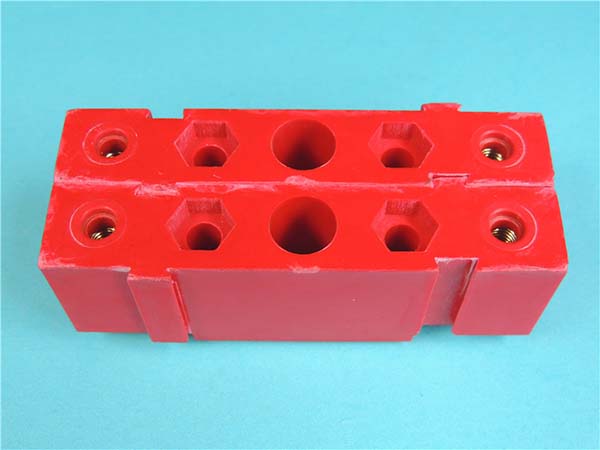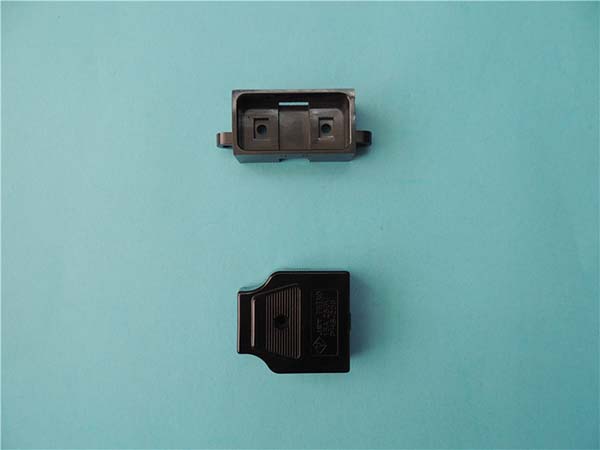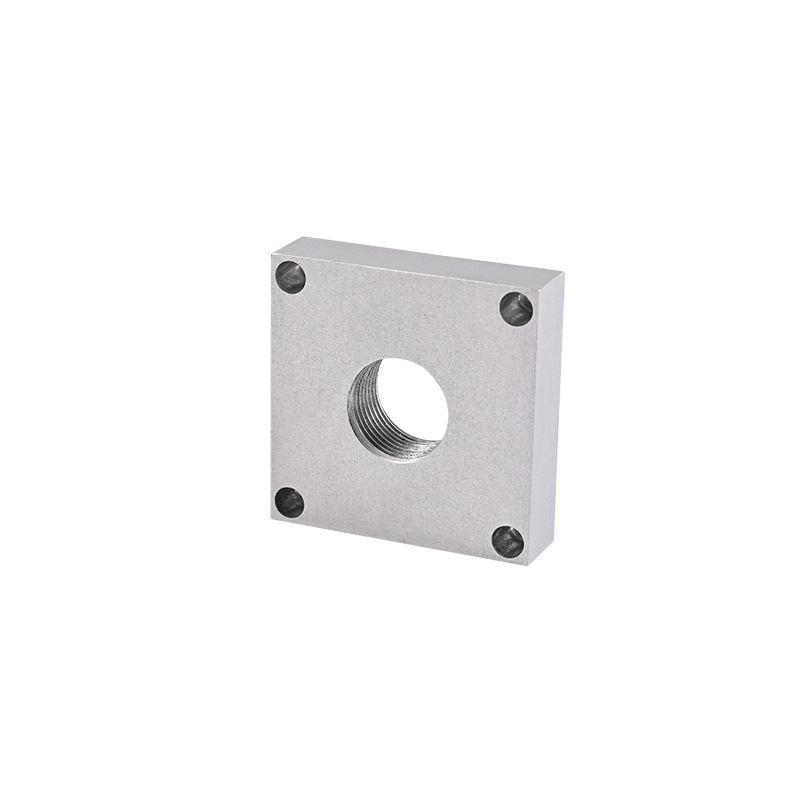Understanding 3D Printing with Steel
3D printing, also known as additive manufacturing, has revolutionized the manufacturing industry by enabling the creation of complex three - dimensional objects layer by layer from a digital model. When it comes to 3D printing with steel, the process involves using powdered steel as the raw material and high - energy sources like lasers or electron beams to fuse the powder particles together.
The Process of 3D Printing with Steel
- Model Creation: The first step in any 3D printing process is the creation of a 3D model. This is typically done using computer - aided design (CAD) software. Designers can create highly detailed and complex models, which can then be saved in a format suitable for 3D printing, such as STL (Standard Tessellation Language). For Yigu Technology example, in the automotive industry, engineers might use CAD to design a custom steel engine component with intricate internal channels for better heat dissipation.
- Powder Preparation: High - quality steel powder is required for 3D printing. The powder particles should be of a consistent size and shape to ensure uniform melting and bonding during the printing process. Different types of steel powders are available, including stainless steel (such as 316L, known for its corrosion resistance) and tool steel (like H13, valued for its high hardness and wear resistance).
- Printing Process:
- Selective Laser Melting (SLM): In this widely used technique, a high - power laser scans the surface of a bed of steel powder, selectively melting and fusing the powder particles according to the cross - sectional shape of the 3D model. The build platform then lowers, a new layer of powder is spread, and the process is repeated until the entire object is formed. For instance, in aerospace applications, SLM can be used to create lightweight yet strong steel components with complex lattice structures that would be extremely difficult to manufacture using traditional methods.
- Electron Beam Melting (EBM): EBM uses a high - energy electron beam instead of a laser. The process takes place in a vacuum environment to prevent the electron beam from scattering. The electron beam heats and melts the steel powder layer by layer. EBM is often favored for its ability to process materials at high temperatures and its relatively fast build speed compared to some other 3D printing methods. It is commonly used in the production of medical implants, where the high - density and biocompatible properties of the printed steel are crucial.
- Post - Processing: After the 3D printing is complete, the part often requires post - processing. This can include removing any remaining loose powder, heat treatment to improve the mechanical properties of the steel (such as annealing to relieve internal stresses or quenching and tempering to increase hardness), and surface finishing operations like machining, polishing, or coating to achieve the desired surface quality and dimensional accuracy.
Advantages of 3D Printing with Steel
| Advantages | Details |
| Design Freedom | Traditional manufacturing methods often have limitations in creating complex geometries. 3D printing with steel allows for the production of parts with internal cavities, intricate lattice structures, and complex shapes that are not possible or extremely difficult to make using subtractive manufacturing techniques. For example, a heat exchanger with optimized internal channels for maximum heat transfer can be designed and printed in one piece, reducing the need for multiple components and assembly steps. |
| Customization | It is highly suitable for producing customized parts. In the medical field, orthopedic implants can be 3D - printed from steel to match the exact anatomy of a patient, improving the fit and functionality of the implant. In the jewelry industry, unique steel - based jewelry pieces can be created based on individual customer designs. |
| Material Efficiency | Unlike traditional manufacturing, which often involves cutting away large amounts of material to create a part (subtractive manufacturing), 3D printing is an additive process. It only uses the amount of steel powder required to build the object, minimizing material waste. This is not only cost - effective but also environmentally friendly, especially considering the high cost of some specialty steel materials. |
| Reduced Lead Times | For small - batch production or the creation of prototypes, 3D printing with steel can significantly reduce lead times. There is no need to create expensive molds or tooling as in traditional manufacturing. A design change can be quickly made in the digital model, and a new part can be printed within a relatively short period. For example, a small - scale manufacturer developing a new steel - based product can use 3D printing to rapidly iterate on the design and produce samples for testing and market validation. |
The Impact of 3D Printing with Steel on Different Industries
Aerospace Industry
In the aerospace industry, the demand for lightweight yet high - strength components is crucial. Steel 3D printing has emerged as a game - changer in this regard. For Yigu Technology example, the engine components in aircraft and spacecraft often require complex geometries to optimize performance. With 3D printing, manufacturers can create parts with intricate internal cooling channels and lattice structures.
A study by a leading aerospace company found that by using 3D - printed steel components, the weight of certain engine parts was reduced by up to 30%. This significant weight reduction directly contributes to improved fuel efficiency. Lighter components mean that the aircraft or spacecraft requires less fuel to operate, which not only cuts down on operational costs but also reduces the environmental impact associated with fuel consumption.
Moreover, the design freedom offered by 3D printing allows for the integration of multiple functions into a single component. Instead of having multiple parts that need to be assembled, a single 3D - printed steel part can perform multiple tasks. This reduces the number of potential failure points in the assembly, enhancing the overall reliability of the aerospace vehicle.
Automotive Industry
In the automotive sector, 3D printing with steel has multiple applications, especially in the areas of rapid prototyping and custom - made parts.
Rapid Prototyping
Traditional methods of creating prototypes for new automotive parts can be time - consuming and expensive. For instance, if an automotive company wants to develop a new engine block design, the traditional process would involve creating a mold, which can take weeks or even months. With 3D printing, a steel prototype of the engine block can be produced in a matter of days. According to industry reports, the use of 3D printing for prototyping has reduced the development time for new automotive parts by an average of 50%. This means that car manufacturers can bring new models to market faster, gaining a competitive edge.
Custom - made Parts
Consumers today are increasingly demanding personalized vehicles. 3D printing with steel enables automotive companies to produce custom - made parts. For example, a luxury car manufacturer might use 3D - printed steel to create unique grille designs for high - end models. These custom parts can be produced on - demand, reducing the need for large inventories of pre - made parts. Additionally, in the aftermarket industry, 3D - printed steel parts can be used to repair or upgrade older vehicles. A study showed that the aftermarket demand for 3D - printed steel automotive parts is expected to grow at a compound annual growth rate of over 20% in the next five years.
Healthcare Industry
The healthcare industry has also been significantly impacted by 3D printing with steel, particularly in the manufacturing of personalized implants.
Patients have unique anatomical features, and traditional off - the - shelf implants may not fit perfectly. 3D printing allows for the creation of implants that are customized to an individual patient's anatomy. For Yigu Technology example, in orthopedic surgery, a 3D - printed steel hip implant can be designed to match the exact shape and size of a patient's hip joint. This personalized fit improves the functionality of the implant and reduces the risk of complications. A clinical study found that patients who received 3D - printed steel implants had a 30% faster recovery time compared to those who received traditional implants.
Moreover, 3D - printed steel implants can be designed with porous structures. These porous structures promote bone ingrowth, helping the implant to integrate better with the patient's natural bone. This leads to a more stable and long - lasting implant, improving the long - term quality of life for patients.
Tool and Mold Making
In tool and mold making, 3D printing with steel offers several advantages in terms of creating complex molds and improving production efficiency.
Complex Mold Creation
Traditional mold - making methods often struggle to create molds with intricate internal features or complex geometries. 3D printing allows for the production of molds with internal cooling channels that are optimized for efficient heat transfer. For Yigu Technology example, in injection molding, molds with better - designed cooling channels can reduce the cooling time of the molded parts. A mold - making company reported that by using 3D - printed steel molds with optimized cooling channels, the production cycle time for plastic parts was reduced by 25%. This increase in production efficiency directly translates into higher productivity and lower production costs.
Improved Mold Quality
3D - printed steel molds can also have better mechanical properties. The ability to control the internal structure of the steel during the 3D - printing process means that molds can be made with enhanced strength and wear resistance. A study comparing 3D - printed steel molds with traditionally made steel molds found that the 3D - printed molds had a 40% longer lifespan. This longer lifespan reduces the frequency of mold replacement, further improving the overall efficiency of the manufacturing process.
Comparing 3D Printing with Steel and Traditional Manufacturing Methods
When considering the adoption of 3D printing with steel in manufacturing processes, it is essential to compare it with traditional manufacturing methods. This comparison helps businesses make informed decisions based on various factors such as cost, time efficiency, material utilization, and quality.
Cost Comparison
The cost of manufacturing can vary significantly depending on the production volume and the complexity of the parts. Here is a cost comparison between 3D printing with steel and traditional manufacturing methods (such as casting and machining) for different production scales:
| Production Scale | 3D Printing with Steel Cost | Traditional Manufacturing Cost |
| Small - Batch (1 - 100 units) | High per - unit cost due to equipment, powder, and post - processing costs. For example, the cost of a 3D - printed small steel component might be $50 per unit. | High initial setup costs (e.g., mold creation for casting) but relatively lower per - unit cost if the batch is large enough. For a small - batch casting, the per - unit cost could be \(30 after the mold cost is factored in, but the mold might cost \)1000 to create. |
| Medium - Batch (101 - 1000 units) | The per - unit cost may start to decrease slightly as the equipment cost is spread over more units, but it is still relatively high. Maybe around $40 per unit. | The per - unit cost continues to decline with economies of scale. For example, in machining, the per - unit cost could be $20 as the cost of the machine setup is distributed among more parts. |
| Large - Batch (Over 1000 units) | High equipment and powder costs make the per - unit cost remain relatively high compared to traditional methods. It could be around $35 per unit. | Traditional methods benefit greatly from economies of scale. In high - volume casting, the per - unit cost could drop to $10 or less. |
As shown in the Yigu Technology table, for small - batch production, 3D printing with steel may be more cost - effective in some cases, especially when considering the high initial setup costs of traditional methods. However, as the production volume increases, traditional manufacturing methods often become more cost - efficient due to economies of scale.
Time Efficiency Comparison
- Product Development Time:
- 3D Printing with Steel: In the product development phase, 3D printing can significantly reduce time. Since there is no need to create molds or complex tooling, a design change in the digital model can be quickly translated into a physical prototype. For instance, if an engineer wants to test a new design for a steel bracket, a 3D - printed prototype can be ready within a few days.
- Traditional Manufacturing: Traditional methods typically require a long time for tooling and mold - making. For the same steel bracket, creating a mold for casting could take weeks. This long lead - time for tooling delays the overall product development cycle, making it less suitable for rapid design iterations.
- Production Time:
- 3D Printing with Steel: The layer - by - layer construction process of 3D printing is relatively slow, especially for large or complex parts. Printing a large steel engine block might take several days or even weeks depending on the size and complexity.
- Traditional Manufacturing: High - volume production methods like casting and forging are much faster for large - scale production. A casting plant can produce hundreds of engine blocks in a day once the production line is set up. However, the initial setup time for traditional production lines can be long.
Material Utilization Comparison
- 3D Printing with Steel:
- 3D printing is an additive manufacturing process. It only uses the amount of steel powder necessary to build the object. For example, when creating a complex - shaped steel component with internal cavities, 3D printing can precisely deposit the powder where it is needed. The material utilization rate can be as high as 90 - 95% in some cases, minimizing waste.
- Traditional Manufacturing:
- Traditional manufacturing methods often involve subtractive processes. For Yigu Technology example, in machining, large amounts of material are cut away from a solid block of steel to create the desired shape. The material utilization rate in machining can be as low as 10 - 20%, resulting in significant waste. In casting, although the material utilization is generally higher than machining, there is still some waste due to the need for excess material in the mold and the trimming of excess flash after casting.
Quality and Precision Comparison
- 3D Printing with Steel:
- 3D - printed steel parts can achieve high precision, with some printers capable of achieving tolerances as low as ±0.05 - 0.1 mm. However, the surface finish of as - printed parts may be rough and often requires post - processing such as machining or polishing to achieve a smooth surface. The mechanical properties of 3D - printed steel can be excellent, but they may vary slightly depending on the printing parameters and post - processing. For example, the tensile strength of 3D - printed stainless steel can be comparable to that of traditionally manufactured stainless steel, but the elongation may be slightly different.
- Traditional Manufacturing:
- Traditional manufacturing methods like precision machining can achieve extremely high precision, with tolerances down to ±0.001 - 0.01 mm in some cases. Casting can also produce parts with good dimensional accuracy, especially with modern casting techniques. The surface finish of traditionally manufactured parts can be easily controlled, and the mechanical properties are generally more consistent due to well - established manufacturing processes. For example, forged steel parts have a uniform grain structure, resulting in consistent mechanical properties throughout the part.
Conclusion
Yigu Technology 3D printing with steel has emerged as a revolutionary technology in modern manufacturing. By using powdered steel and high - energy sources like lasers or electron beams, it builds complex 3D objects layer by layer. This process offers unparalleled design freedom, allowing for the creation of parts with intricate geometries that are nearly impossible to achieve through traditional manufacturing methods.
The advantages of 3D printing with steel are numerous. It enables high - level customization, which is especially beneficial in industries such as healthcare for personalized implants. Material efficiency is another significant advantage, as it minimizes waste by only using the necessary amount of steel powder. In terms of time - to - market, it can significantly reduce lead times, particularly for small - batch production and prototyping.

